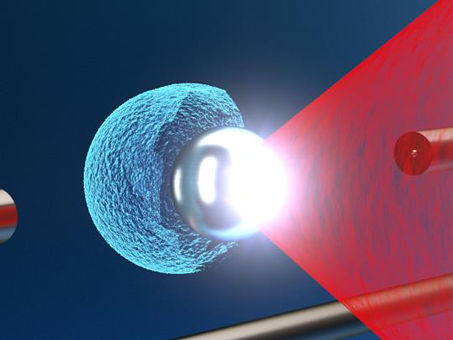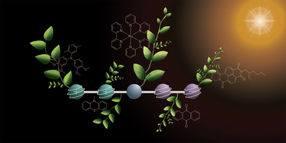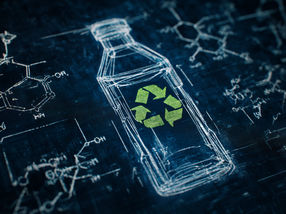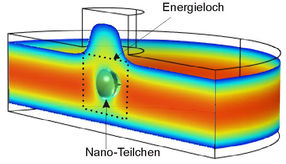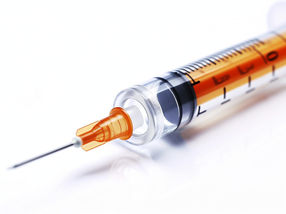New understanding of how big molecules bind will lead to better drugs, synthetic organic materials
Advertisement
Biological and medical research is on the threshold of a new era based on better understanding of how large organic molecules bind together and recognise each other. There is great potential for exploiting the molecular docking processes that are commonplace in all organisms to develop new drugs that act more specifically without adverse side effects, and construct novel materials by mimicking nature.
A recent workshop on Biosupramolecular Chemistry organised by the European Science Foundation (ESF) strengthened Europe's platform for progress towards these goals by bringing together scientists in the relevant fields and identifying key research targets. The workshop also identified some applications close to fruition, including the engineering of bacteria to produce silks as strong for their thickness as spider webs. It has been a longstanding challenge to emulate the mechanical properties of spider silk, which combines stiffness and tensile strength with the ability to become elastic under high strains to protect against destruction. A recent project led by Thomas Scheibel at the Technical University of Munich is close to a solution that could have a host of practical applications ranging from biodegradable fishing line to body armour.
The artificial spider silk production exemplified the expertise and skills required for successful applications in biosupramolecular chemistry, in this case by combining genetic engineering with sophisticated micro-manipulation techniques to optimise production of the desired material. Firstly genes were inserted into the bacteria to produce proteins as similar as possible to spider silk. Then microfluidic approaches, dealing with fluids at very small scales, were used to fabricate the silk. Finally the mechanical properties were optimised further by substituting some of the amino acid components of the proteins.
Other applications of biosupramolecular chemistry are further off, but coming into range, according to the ESF workshop convenor, Professor Anthony Davis from Bristol University in the UK. But the most important aspect of the ESF workshop was the bringing together of scientists in two previously distinct fields, said Davis. "Our main aim was to get two groups of scientists talking to each other - the supramolecular chemists, and a group of biologists who might be termed 'biomolecular engineers'," said Davis. "Certainly this objective was fulfilled." Supramolecular chemists study and manipulate the interactions between molecules in general, while biomolecular engineers specialise in exploiting the large organic molecules found in Nature.
Having identified many promising avenues of research, the ESF workshop is likely to be followed up by further meetings, according to Davis."We hope to organise another meeting in 2009, and maybe keep going to create a regular series of symposia."
Most read news
Topics
Organizations
Other news from the department science
These products might interest you

Good Weighing Practice by Mettler-Toledo
Your Concrete Weighing Quality Assurance Plan
GWP Verification service

MS-Präzisionswaagen by Mettler-Toledo
Trusted Results at Your Fingertips
Capacity from 320 g to 12.2 kg, readability from 1 mg to 100 mg

Carepacs by Mettler-Toledo
Professional CarePacs for smooth routine testing
Tweezers, gloves and other accessories for professional weight handling
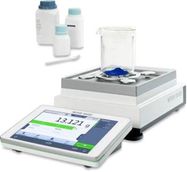
XPR Precision Balances by Mettler-Toledo
Fast and Accurate Precision Weighing Even in Difficult Conditions
XPR Precision Balances / Solutions to support you with data management, traceability and regulatory compliance

Get the chemical industry in your inbox
By submitting this form you agree that LUMITOS AG will send you the newsletter(s) selected above by email. Your data will not be passed on to third parties. Your data will be stored and processed in accordance with our data protection regulations. LUMITOS may contact you by email for the purpose of advertising or market and opinion surveys. You can revoke your consent at any time without giving reasons to LUMITOS AG, Ernst-Augustin-Str. 2, 12489 Berlin, Germany or by e-mail at revoke@lumitos.com with effect for the future. In addition, each email contains a link to unsubscribe from the corresponding newsletter.
Most read news
More news from our other portals
Last viewed contents

Petrocel -Temex (Petrotemex), S.A. de C.V. - Monterrey, Mexico
A battery made of wood?
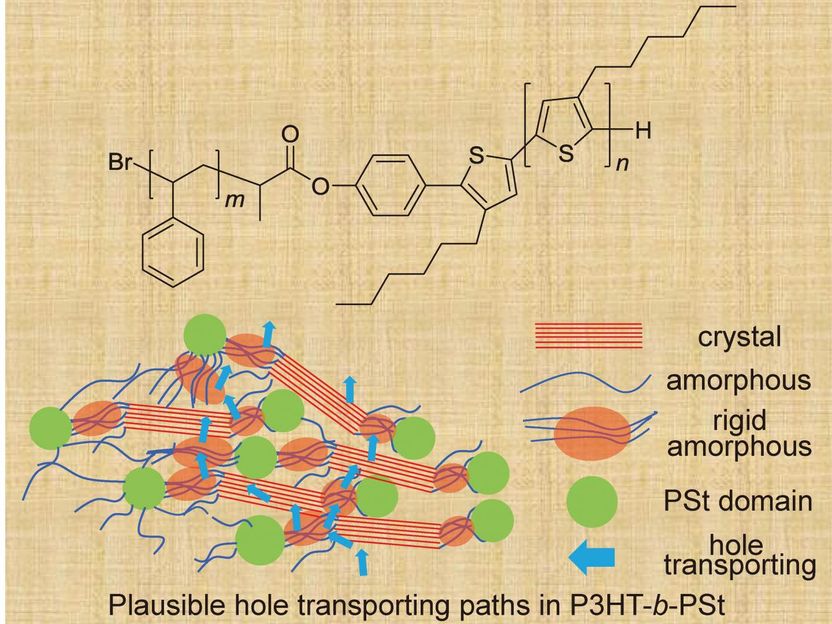
Speeding up electrons in semiconductors
Winners of the First Green and Sustainable Chemistry Challenge Announced

SW color Lacke GmbH - Hofkirchen a.d. Trattnach, Austria
Merck Meets all Financial Targets and Makes Significant Strategic Progress
